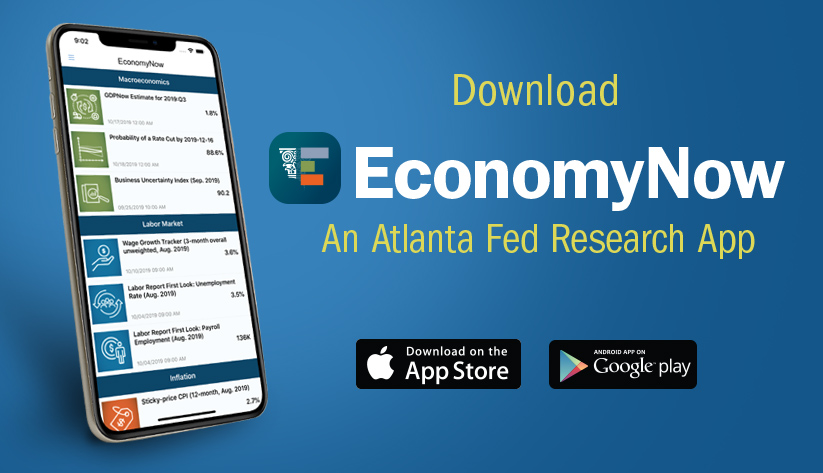The Market Probability Tracker estimates probability distributions implied by the prices of options from the Chicago Mercantile Exchange that reference the three-month compounded average Secured Overnight Financing Rate (SOFR). SOFR, published by the Federal Reserve Bank of New York, broadly measures the cost of overnight (one-day) loans collateralized with Treasury securities in the repurchase agreement, or repo, market. Because the New York Fed's Open Market Trading Desk implements monetary policy through repo market transactions, we can use the estimated distributions to make inferences about the market's assessment of future target ranges that the Federal Open Market Committee sets.
Updates are made daily using the most recently available data, typically from the previous day. In this tracker, we show results from the four nearest-expiring quarterly contracts. To observe changes in the market's assessment, users can view and compare estimates across the prior six weeks for the market's expected three-month average SOFR path and its 25th- to 75th-percentile region; the probabilities associated with future target ranges over the quarterly intervals specified by individual contracts; and the full distribution estimated by our model.
Note that CME Group market data are used—with permission from CME—as a source of information for this report. CME Group has no other connection to the Federal Reserve Bank of Atlanta's products and services and does not sponsor, endorse, recommend, or promote the report, its contents, or the authors or any of their respective products or services. CME Group has no obligation or liability in connection with the report, its contents, or the authors or any of their respective products or services. CME group does not guarantee the accuracy and/or the completeness of any market data in connection with the report, its contents, or the authors or any of their respective products or services and shall not have any liability for any errors, omissions, or interruptions therein. There are no third-party beneficiaries of any agreements or arrangements between CME Group and the authors.
An overview of our approach can be found in our Notes from the Vault. For a more detailed look at the model, please refer to this paper and technical note on its implementation. To download source code and historical data: MPT Source Code, MPT Historical Data.
Stay informed of all Market Probability Tracker updates by
signing up for email notifications,
subscribing to our RSS feed
![]() ,
downloading our EconomyNow app, or
following the Atlanta Fed on X.
,
downloading our EconomyNow app, or
following the Atlanta Fed on X.
![]()



